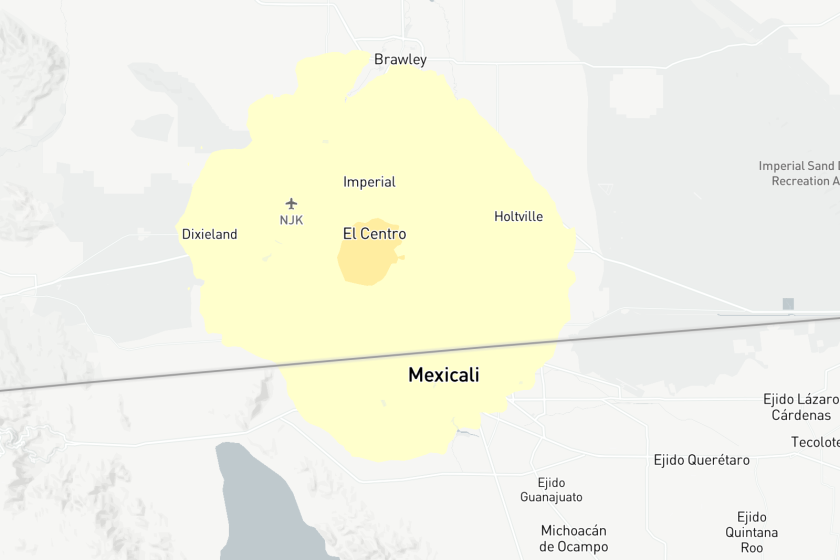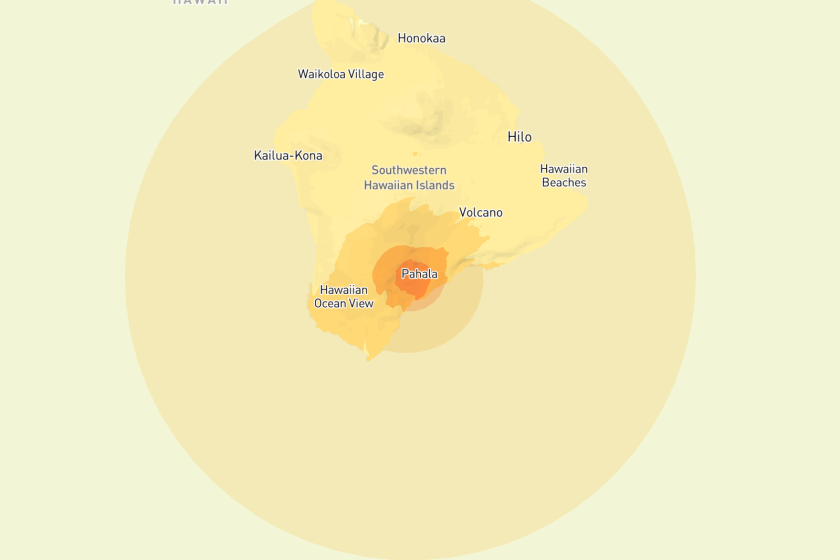Survivors are found in homes wrecked by Japan quake that killed 94; scores still missing

A woman was pulled carefully from the rubble 72 hours after a series of powerful quakes started rattling Japan’s western coast. Despite rescue efforts, the death toll Friday grew to at least 94 people, and the number of missing was lowered to 222 after it shot up the previous day.
A man was found alive Wednesday in a collapsed home in Suzu, one of the hardest-hit cities in Ishikawa prefecture. His daughter called out, “Dad, Dad,” as a flock of firefighters got him out on a stretcher, praising him for holding on for so long after Monday’s magnitude 7.6 earthquake.
Others were forced to wait while rescuers searched for loved ones.
Ishikawa officials said 55 of those who died were in the city of Wajima and 23 were in Suzu, while the other deaths were reported in five neighboring towns. More than 460 people have been injured, at least 24 seriously.
The Earthquake Research Institute at the University of Tokyo found that the sandy coastline in western Japan shifted seaward by up to 820 feet in some places.
The earthquakes set off a large fire in the town of Wajima, as well as tsunamis and landslides in the region. With some routes cut off by the destruction, worries grew about communities where water, food, blankets and medicine had yet to arrive.
Japan’s prime minister takes part in a televised earthquake disaster drill on the 100th anniversary of a temblor that devastated the Tokyo region.
The United States announced $100,000 in aid Friday, including blankets, water and medical supplies, and promised more help would come. Dodgers star Shohei Ohtani also announced aid for the Noto area, though he did not disclose the amount.
Thousands of Japanese troops have joined the effort to reach the hardest-hit spots on the Noto Peninsula, the epicenter of the quake, which is connected by a narrow land strip to the rest of the island of Honshu.
Experts warned of disease and even death at the evacuation centers that now house about 34,000 people who lost their homes, many of them older residents.
Masashi Tomari, a 67-year-old oyster farmer who lives in Anamizu city in Ishikawa, said it was tough sleeping on the floor with just one blanket. There was no heating until two stoves finally arrived Thursday.
A passenger plane and a Japanese coast guard aircraft collide on the runway and burst into flames, killing 5 coast guard crew members.
“This is a terrible, cold place,” he said.
Tomari felt at a loss thinking about his home, where broken glass and upended items littered the floor. It was pitch dark at night because the area was still out of power.
But Tomari and others were already thinking about rebuilding.
Sachiko Kato, who owns a clothing shop in Anamizu, put up a yellow notice as a warning inside her store where the walls are now slanting and a red notice for the shed in the back, which was flattened.
Get earthquake-ready in six weeks
From building a kit to buying insurance, our Unshaken newsletter course will help you prepare.
You may occasionally receive promotional content from the Los Angeles Times.
“So many stores were on this street. Now they’re all gone. Maybe we can work hard to rebuild,” she said.
As of Friday, running water was not fully restored in Anamizu. Kato had to get water from a nearby river to flush the toilet.
Dozens of aftershocks have rattled Ishikawa and the neighboring region in the last week. Japan, with its crisscrossing fault lines, is an extremely quake-prone nation. Weather forecasts called for rain and snow over the weekend, and experts warned of more aftershocks.
The region affected by the latest quakes is famous for its craft work, including lacquerware, knives, ceramics, candles and kimono fabric.
Japan is confronting a depopulation crisis because of a precipitously falling birth rate, but one mountain town has bucked the trend — spectacularly.
Tsutomu Ishikawa, who oversees a resin company called Aras that makes fashionable plates and cups, said no lives were lost around him, but the atelier was seriously damaged.
He apologized for delayed deliveries and expressed determination to pick up and rebuild, but he acknowledged the challenges. “We are feeling a deep helplessness that works we created with so much love are gone.”
Sachiko Takagi, who owns a kimono shop in Wajima on a street lined with picturesque stores, said she was lucky her 80-year-old store — inherited over generations — was still standing. Others weren’t so fortunate.
“These people do not have the energy to start something from scratch,” she said. “I really wonder what will happen to this street.”
More to Read
Start your day right
Sign up for Essential California for news, features and recommendations from the L.A. Times and beyond in your inbox six days a week.
You may occasionally receive promotional content from the Los Angeles Times.









